Recently, researchers have found that there are only 135 known miniature boxwood carvings around the world. Some gathered these tiny religious pieces from museums and private collections to further study their secrets and have found a few very answers.
It is believed that these wooden carvings were made during a brief time frame, between 1500 and 1530 in either Flanders or the Netherlands. During the rise of a new merchant social class in Europe, there was a demand for high-quality portable religious carvings. Soon the Reformation began and church-related accessories went out of fashion.
By using micro-CT scanning and Advanced 3D Analysis Software, the researchers were a ble to find out just how intricate these miniature altars really are. The inner layers are pieced together and hide the joints so well, that only a microscope or an X-ray can detect them. These miniature pieces also incorporate pins smaller than a grass seed. Much of the production process still remains unknown, due to the traces of gold and other decoration materials concealing the X-ray views.
Researchers took these 500-year-old miniature boxwood carvings to the lab to find out their secrets
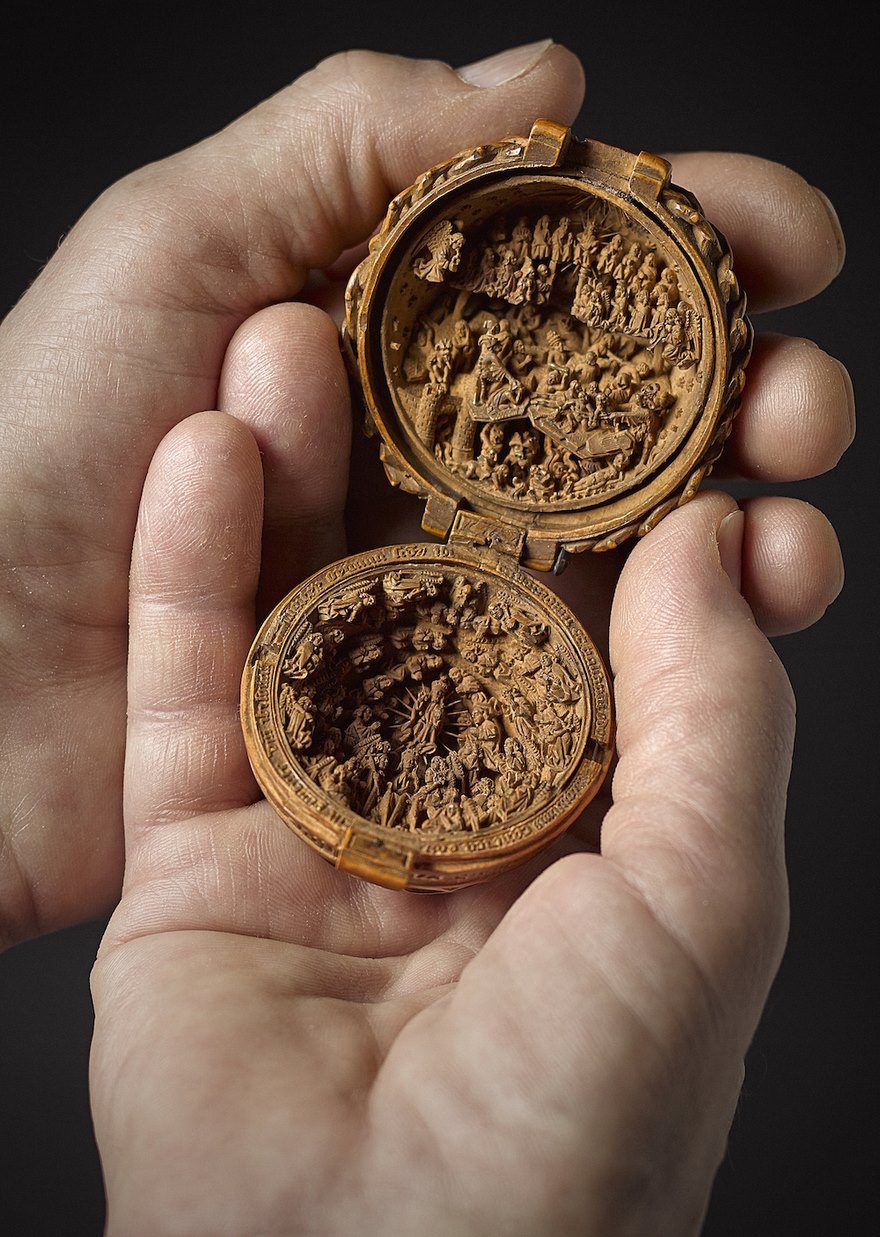
They think they were created between 1500 and 1530 in Flanders or the Netherlands
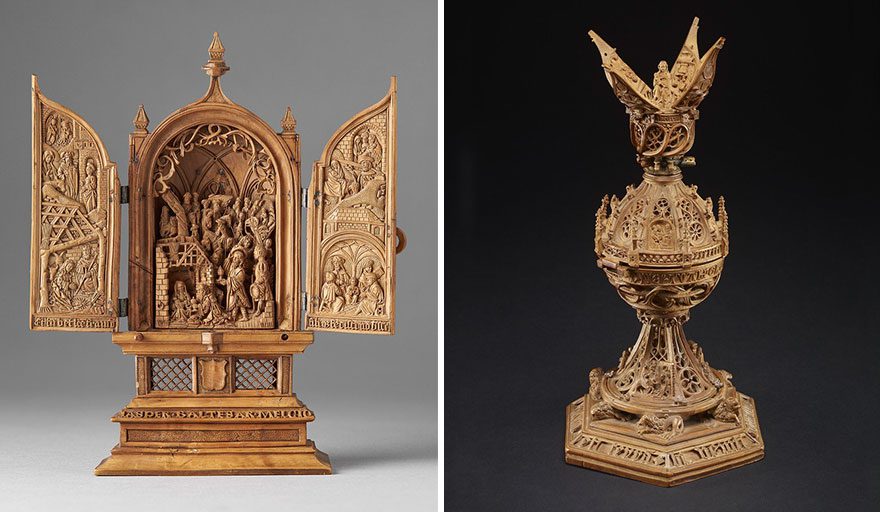
The human eye isn’t even able to analyze details this tiny
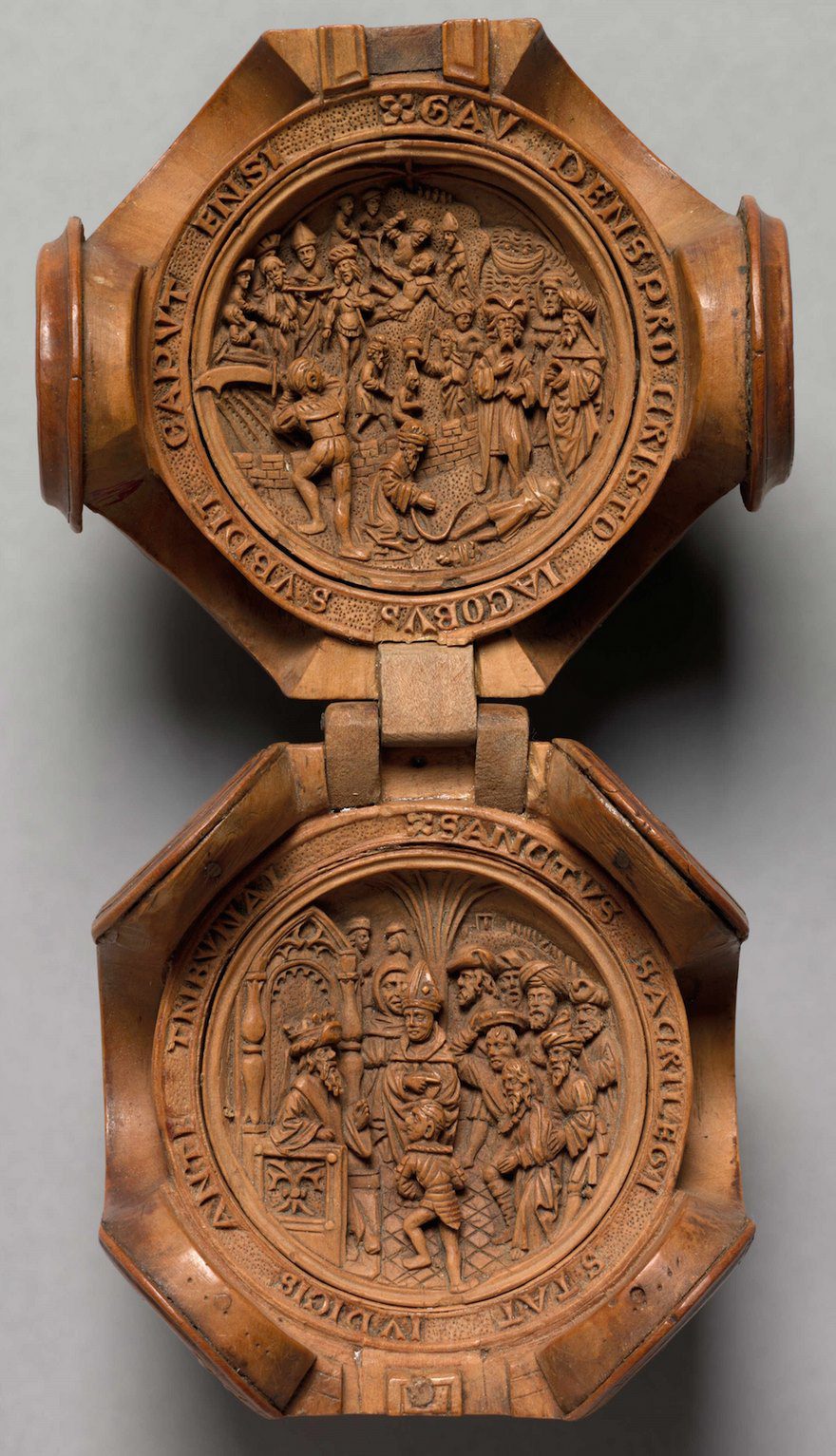
Researchers used micro-CT scanning and Advanced 3D Analysis Software
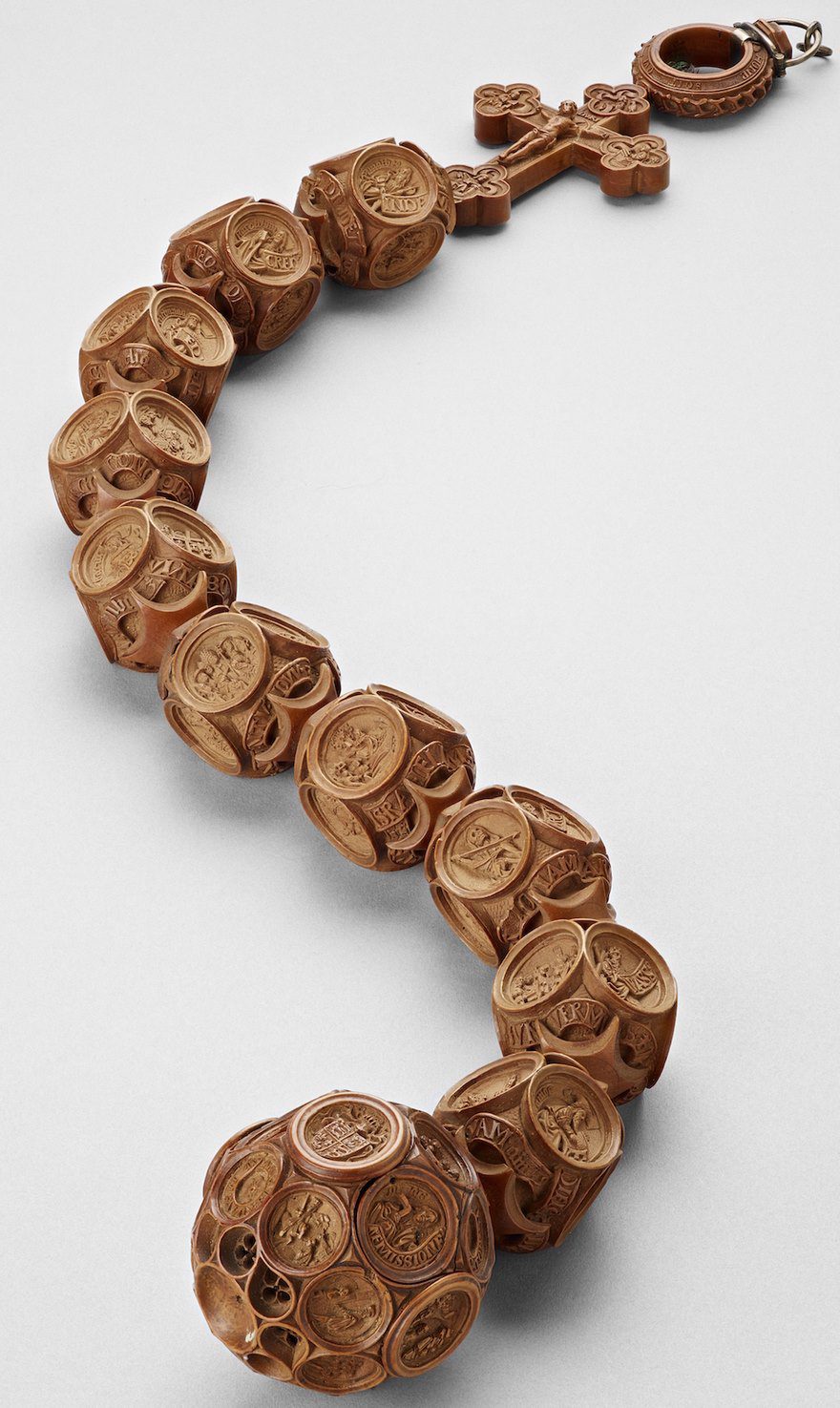
To find out how intricate the pieces really are
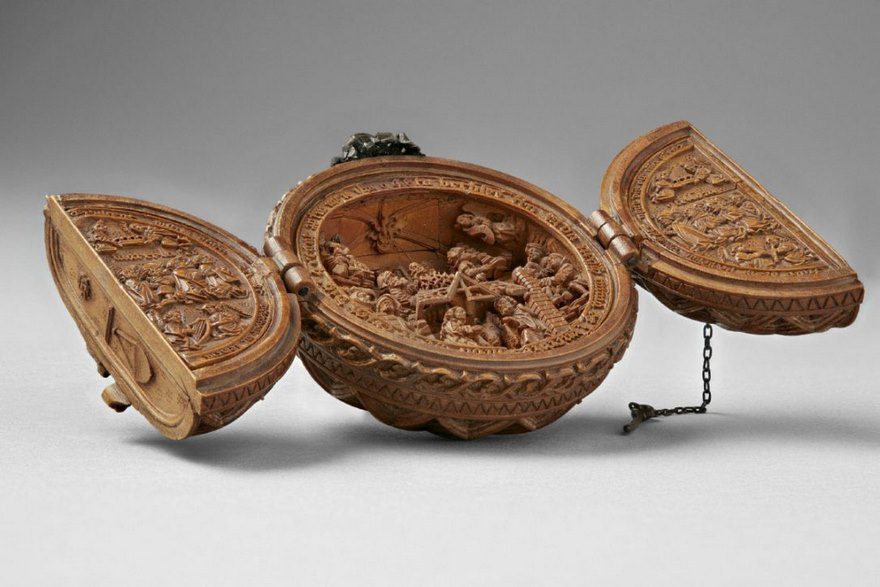
They found joints in the inner layers so tiny that only a microscope or an X-ray can detect them
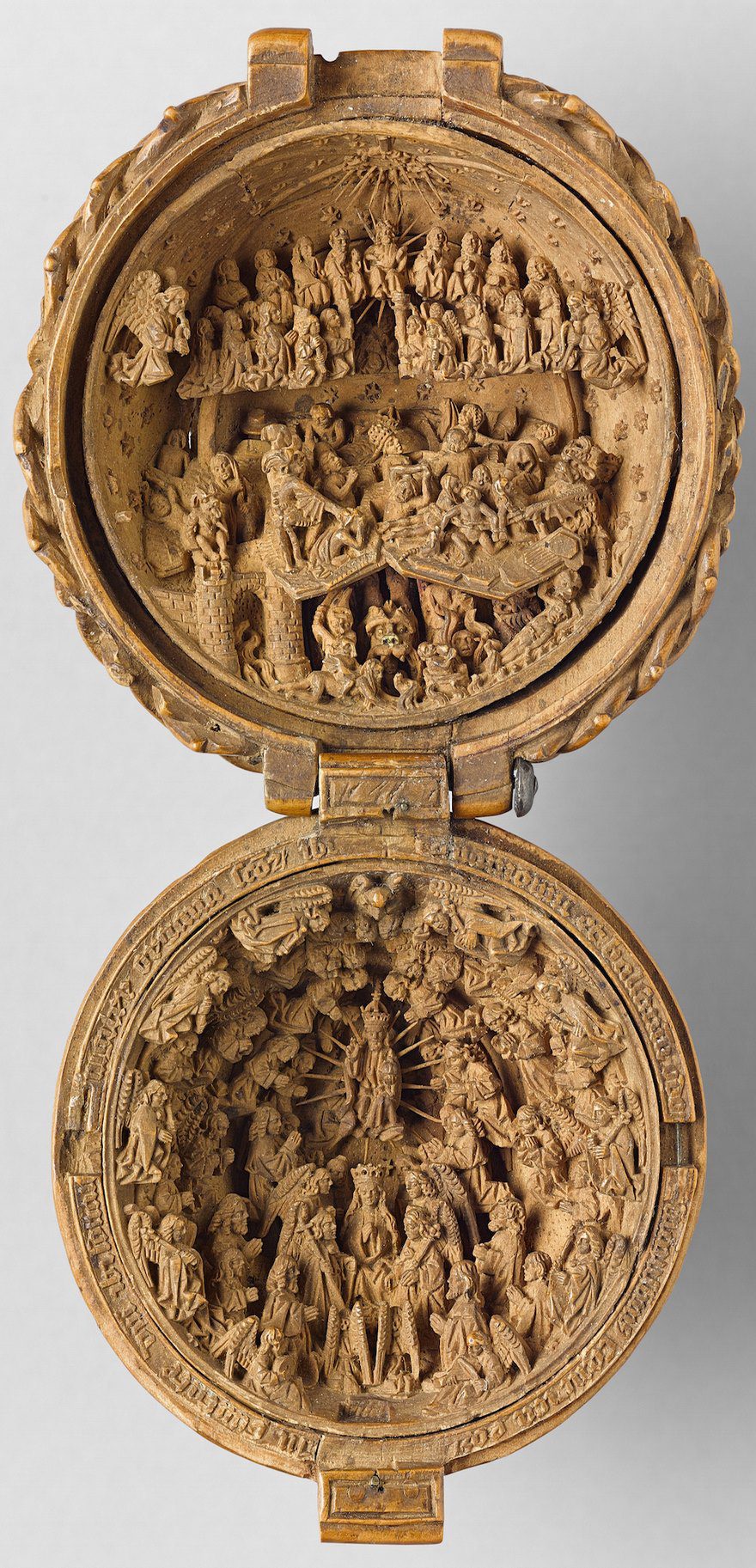
And pins, smaller than a grass seed
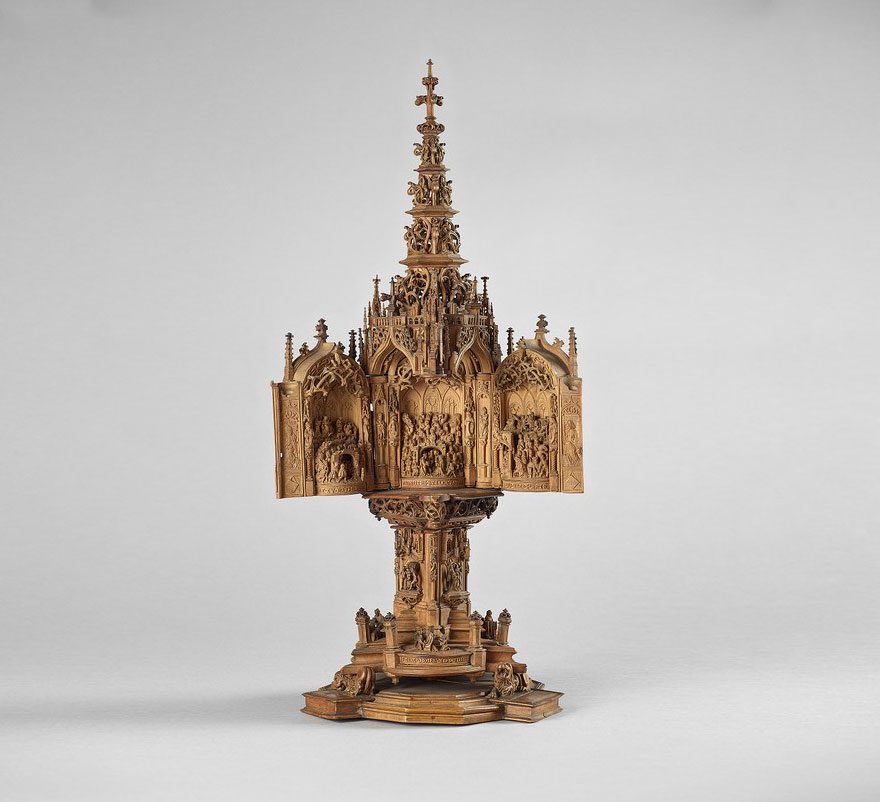
But even the advanced technology couldn’t see everything
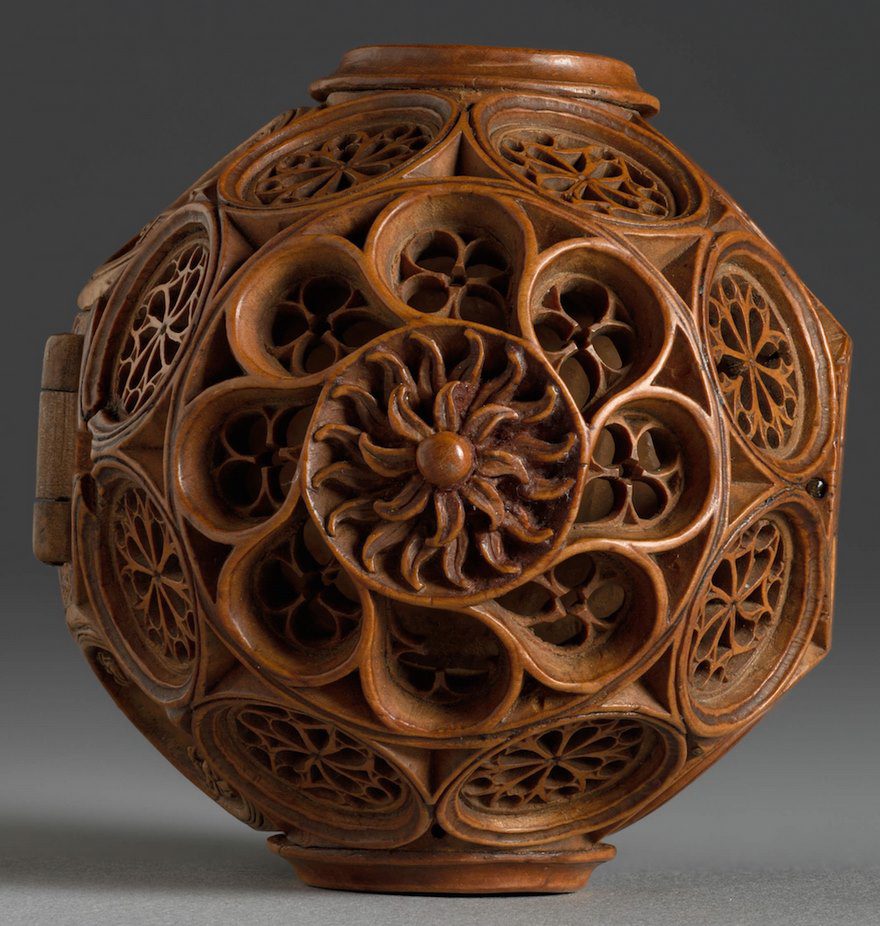
Because traces of gold and other decoration materials concealed the X-ray views

The miniatures were created as a result of a rising new social class in Europe that created a demand for these high-quality portable religious carvings
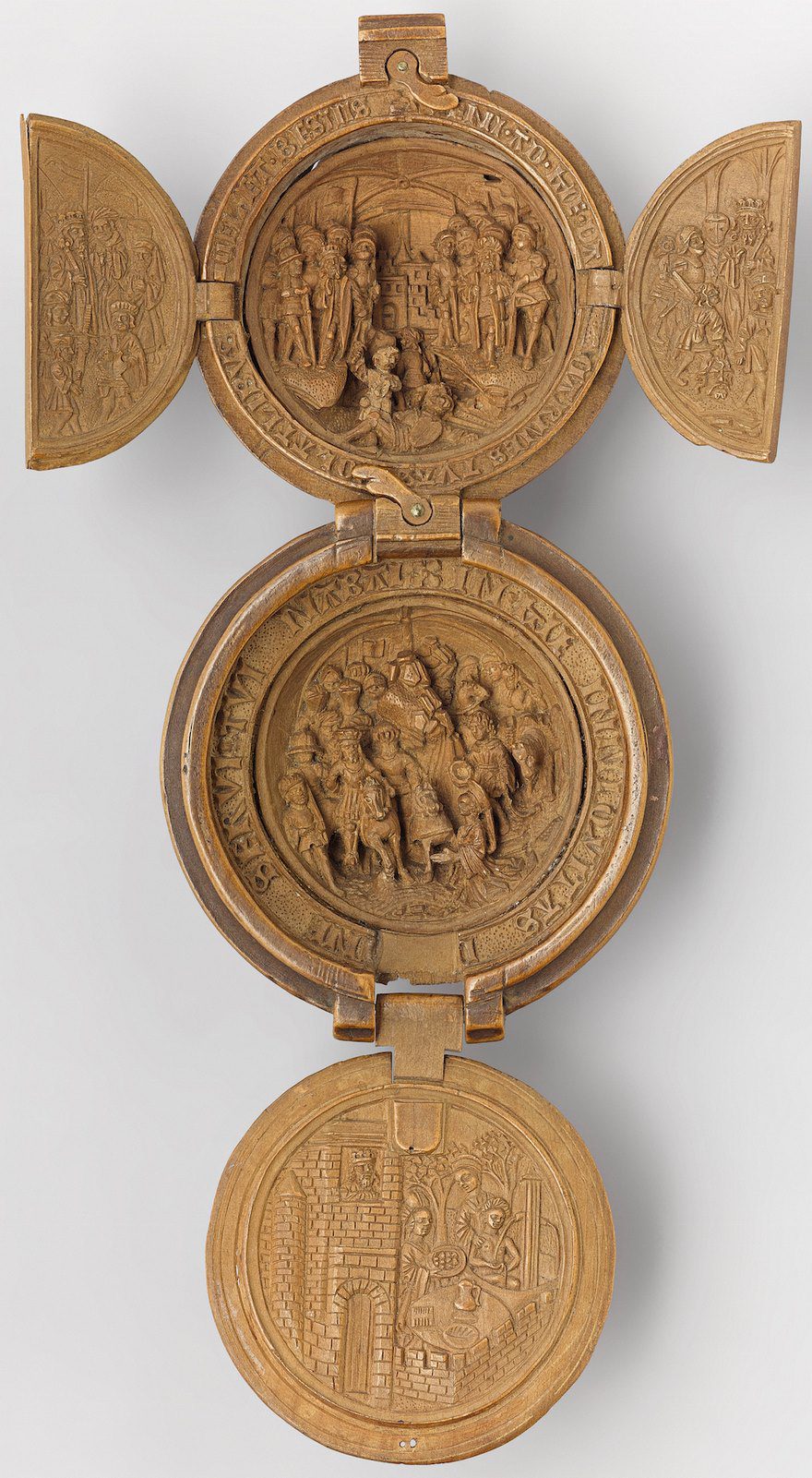
Soon the Reformation began and a lot of church-related accessories went out of fashion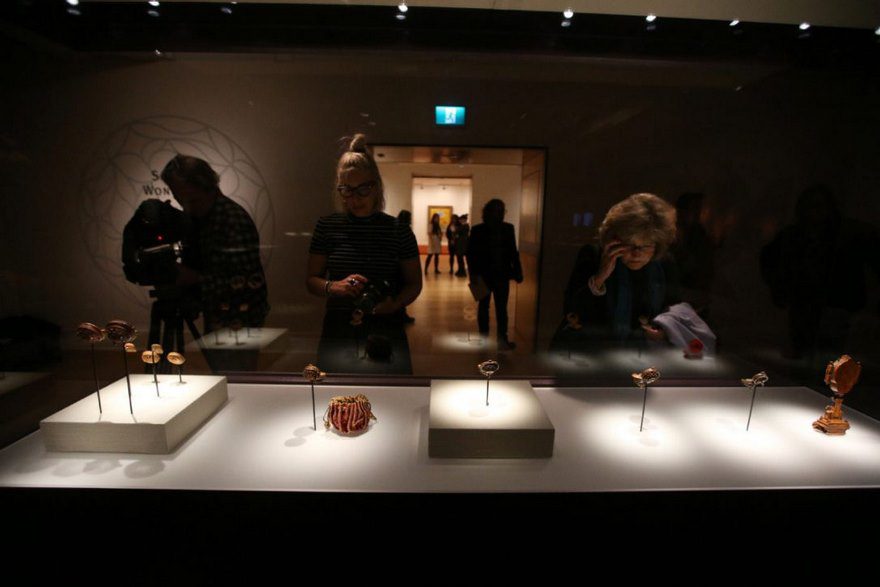
If you know someone who might like this, please click “Share!”
